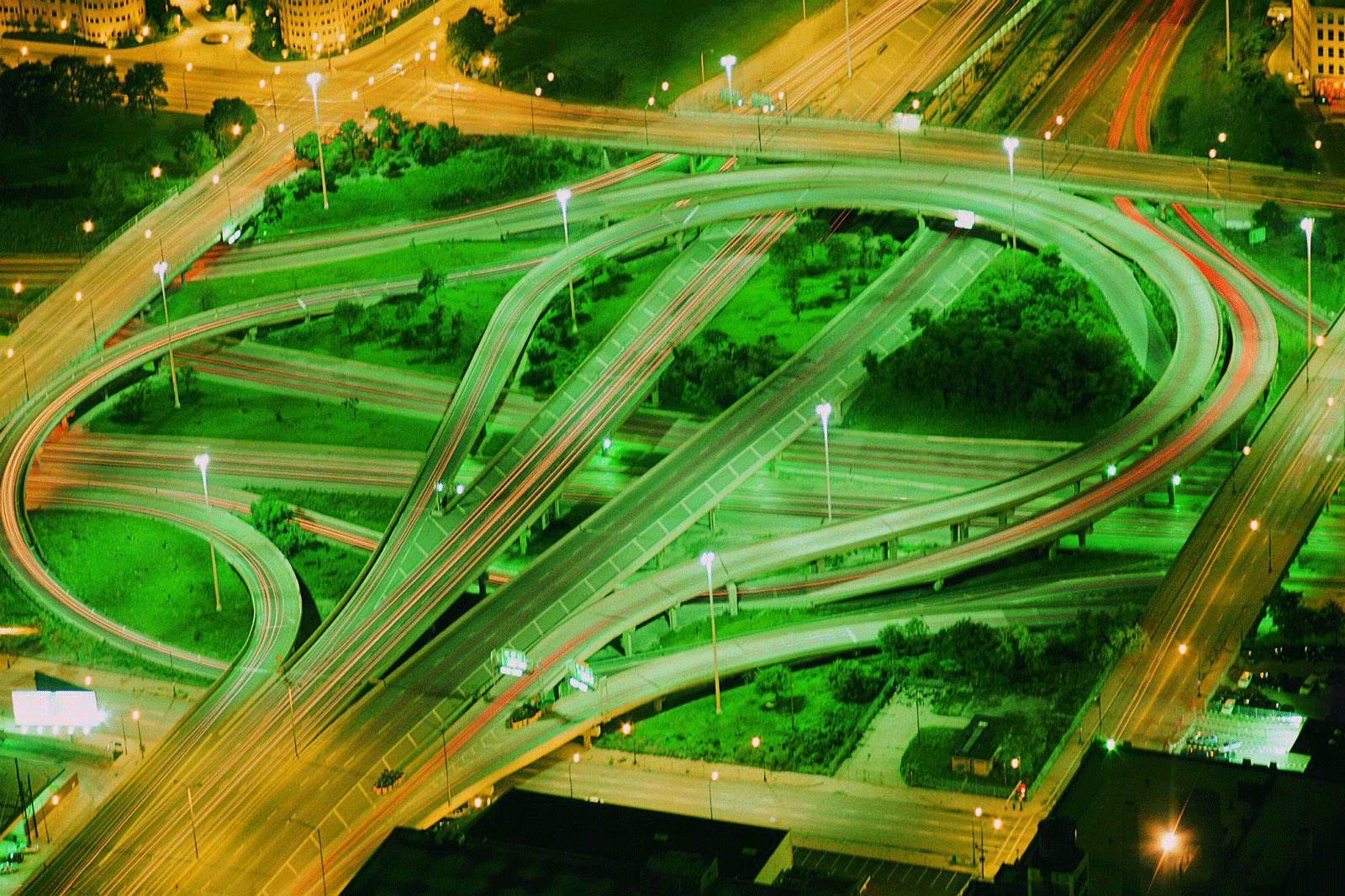“Infrastructure” usually refers to the physical components—structures, systems, and facilities—needed to operate an enterprise or sustain a society, for example, buildings, bridges, roads, water supply, sewers and electrical grids. Interactions—or meetings—need their own infrastructure to operate successfully.
Some of the components for interactions are as tangible as buildings and bridges, for example the people and the place you meet or the telecommunication system through which people will interact. Developing the less tangible elements is just as important as putting the physical ones in place. The less tangible elements of meeting infrastructure include items you are familiar with: purpose, desired outcomes, detailed agendas that include process steps and timelines, roles, and ground rules. These have all been discussed in previous blogs.
There are “invisible infrastructures” that also need our attention because they significantly influence the visible parts of meeting infrastructure. These include our states of mind, emotions and physiology. They are part of our individual infrastructure in that they are physical components of interrelated systems that are essential to our living and interacting. However, like much of the infrastructure in the United States, our internal infrastructures receive little to no attention, especially during interactions. In meetings we often lose track of our proliferating thoughts, fluctuating emotions, and varying physical sensations that can lead us to unconsciously influence a meeting for good or ill.
My lack of attention last week led me into a brief and bumpy conversation with a potential colleague. My mind was jumping among multiple thoughts about all I believed I needed to get done. I became frustrated by what I interpreted as his getting in the way of all I was trying to get done. My shoulders and neck tightened. Unfortunately, I did not notice or tend to any of these cues until after we hung up from our call. Later, I followed up to apologize for my part in an unproductive conversation.
Regardless of how considered and sound our decisions are about the visible aspects of meetings—location, purpose, agenda, etc., we also need to tend to the invisible and individual infrastructures we bring to the table. We can look after this hidden infrastructure in four ways.
First, before you begin a conversation or meeting, notice your overall internal atmosphere including your state of mind, emotions and body sensations. “I notice my mind is filled with a jumble of thoughts about this meeting. I feel worried and my hands are clenched around my phone.” Just noticing your internal state, without judging it or yourself, can often ease it. I wish had done this before my conversation last week!
Second, if you observe some internal disturbances that might get in the way of you contributing positively to an interaction, take a moment to focus on three breaths consciously from beginning to end. If you are walking to the meeting, pay attention to your feet on the ground and notice how your body feels moving through space. In the meeting, become aware of your feet on the floor, your seat in the chair and the breath moving in your body. Paying attention to breath and body are doorways to present moment awareness so you can make conscious choice about what to say and do.
Third, consider the visible aspects of the meeting infrastructure—purpose, outcomes, agenda, roles and ground rules—and define your intentions for how you want to help achieve those outcomes or follow the ground rules. This helps prime your individual infrastructure to behave accordingly.
The fourth way to tend to this invisible infrastructure is through physical gestures—more about this next week.


1 thought on “Invisible Infrastructures in our Interactions”